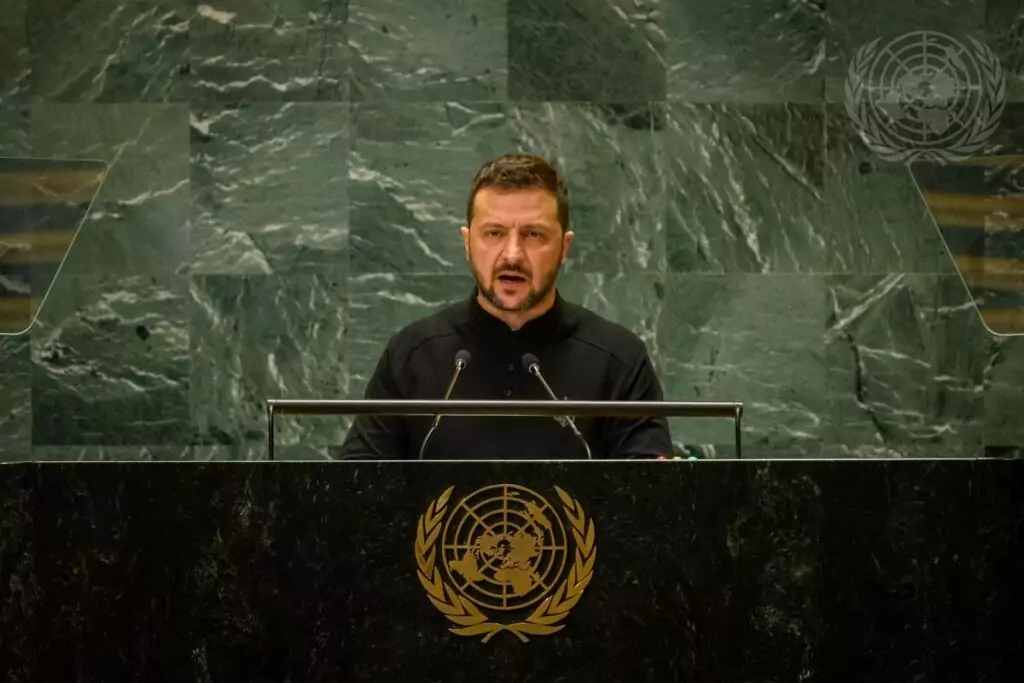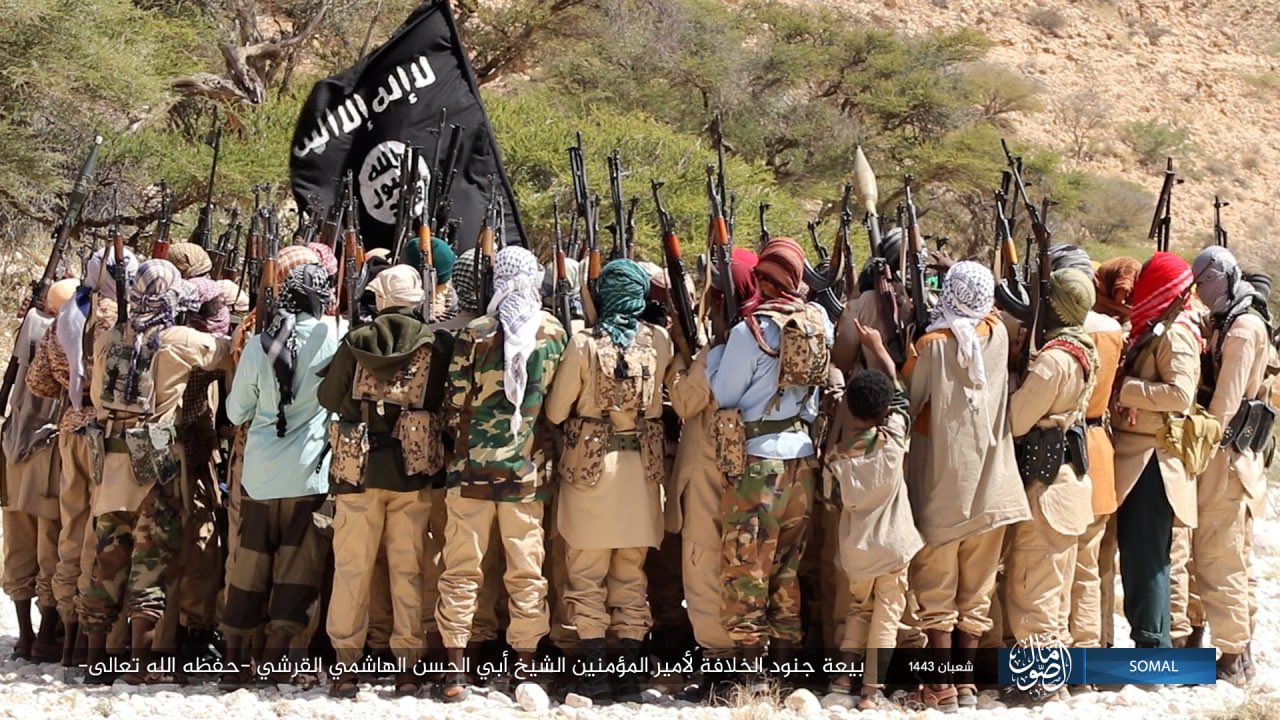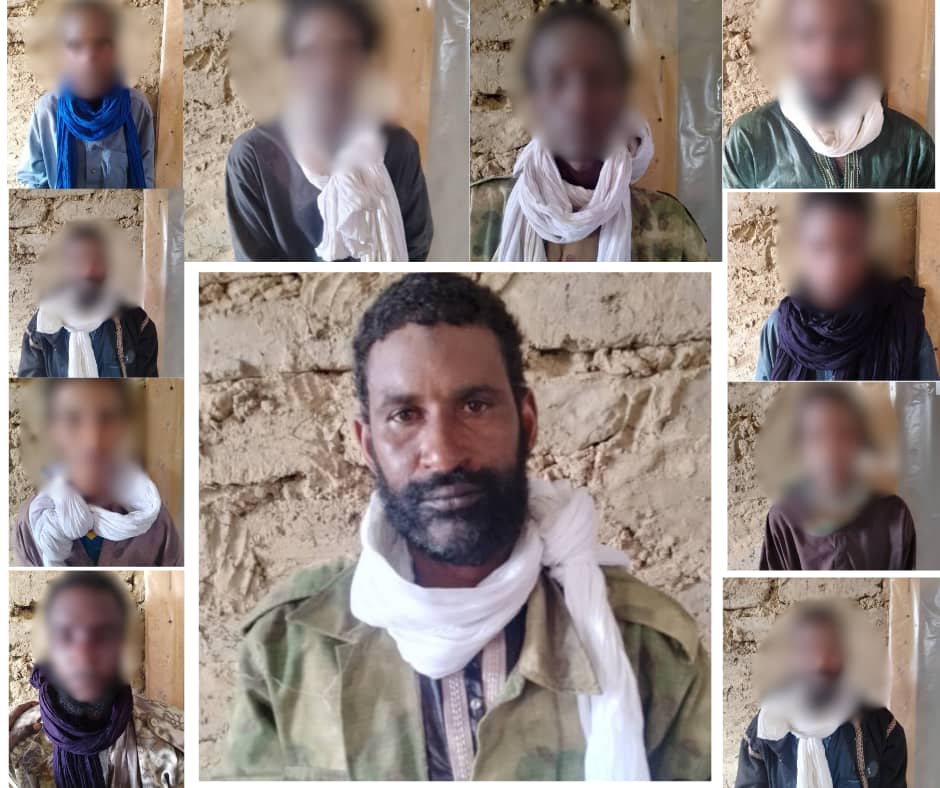BRIEFS
BRIEFS
SHAYKH ABU AL-HARITH DESCRIBES SALAFIST OPPOSITION TO HAMAS AND ISRAEL
As Hamas struggles with the transition from militant group to government in Gaza, the movement has lost much of the initiative in its confrontation with Israel to a number of Salafi-Jihadi groups that promise uncompromising resistance to Hamas and Israel alike. In a recent interview with a Palestinian news agency, Shaykh Abu al-Harith, leader of Jund Ansar Allah (Army of the Supporters of God) described the current state of the Salafist opposition, which he claims now has 11,000 active supporters distributed between four main groups: Jund al-Islam, Tawhid wa’l-Jihad, Jund Ansar Allah and Jund Allah (Ma’an News Agency, April 18).
Abu al-Harith insists none of the Salafist groups in Gaza have real ties with al-Qaeda, but all are highly influenced by al-Qaeda ideology, the success of the 9/11 attacks and various high-profile suicide operations in Iraq and Afghanistan.
The Shaykh described the main ideological influences of the Salafi-Jihadi groups in Gaza, citing the works of Shaykh Ibn Taymiyah (1263-1328) and Shaykh Ibn al-Qayyim (1292-1350), both of whom provided the foundation for the takfiri approach adopted by most Salafist radicals. In the modern era, al-Harith cites Shaykh Abu Muhammad al-Maqdisi, the Jordanian ideologue of jihad who was once a spiritual mentor to the late Abu Musab al-Zarqawi, former leader of al-Qaeda in Iraq. In keeping with the basis of the takfiri philosophy, al-Harith describes the individuals in the Fatah leadership in the West Bank as “apostates.”
Though Gaza Salafist groups began carrying out limited operations in 2001, it was Hamas’s decision to enter the political process in 2006 that sparked a sudden growth in recruitment and development of the armed Salafist movements in Gaza. Nevertheless, al-Harith admits that the Salafist groups are not nearly as strong as Hamas and have suffered greatly in confrontations with that movement, such as the Hamas assault on the Ibn Taymiyah mosque in August 2009 that resulted in the death of Jund Ansar Allah leader Abdel-Latif Moussa after he prematurely declared an Islamic Emirate in Gaza (Ma’an, August 16, 2009). Security services in Gaza continue to track and arrest Salafist operatives. “We are under round-the-clock surveillance. Our activities are fraught with risks.”
Where Hamas had once inspired its young followers with a commitment to jihad and resistance against Israel, its attempt to form a government did not resonate with many young fighters, who suddenly became available to the Salafist groups. Al-Harith notes that many of these had already obtained military training from the Izz ad-Din al-Qassam Brigades (the armed wing of Hamas), al-Nasir Salah al-Din Brigades and the Harakat al-Jihad al-Islam fi Filastin (Palestinian Islamic Jihad). Recruitment is done carefully, with extensive background checks followed by thorough training in Islam, security techniques and military tactics.
Perhaps because of the pressure put on the Salafist movements by Hamas, the Jund Ansar Allah spokesman appears to have moderated his earlier views on Hamas (as expressed in 2008). "The Muslim Brotherhood [i.e. Hamas] does not appreciate the approach of the pious ancestors [the Salaf], which means it should be eradicated” (Hanein.info, September 17, 2008). Al-Harith now insists the Salafist movements are not trying to destroy Hamas, but are instead seeking a religious dialogue with Hamas that would bring about the full implementation of Shari’a in Gaza. “We are not interested in opening an internal front against anyone. Our aim is to kill the Jews and apply the Shari’a."
A COUNTERTERRORISM NAVAL FORCE FOR BANGLADESH
After years of relative neglect, Bangladesh is initiating a major overhaul of its maritime security apparatus, designed not only to improve its coastal defenses against terrorists and organized crime, but also to create a navy capable of serving in international peacekeeping operations, an important source of foreign currency for the largely impoverished nation.
Following a request from the Dhaka government, the United States has supplied 15 Defender Class patrol boats to the Bangladeshi Navy and Coast Guard to help secure the nation’s extensive maritime borders. The 16 boats will come under the command of the Navy Special Operations Force, with a further six designated for use by the Bangladesh Coast Guard (Daily Star [Dhaka], April 13; Bangladesh News 24 Hours, April 13). According to the U.S. embassy, “This donation is the largest delivery of U.S. Coast Guard boats to any nation" (New Nation [Dhaka], April 14). U.S. forces will provide training in use of the new ships as part of the joint “Tiger Shark” exercise in late May. U.S. military units will concentrate on training elements of the Army, Navy and Coast Guard in counterterrorism operations, anti-piracy operations and general maritime security.
Manufactured by Safe Boats International in Washington State, the 25 foot (8 meter) boats are typically used in the United States for search and rescue, port security and law enforcement activities. Defender class boats can be armed with heavy machine guns and are capable of a speed of 46 knots.
Since its formation in 1971, the Bangladesh navy has focused on local waters, but took a major step towards international operations earlier this month by sending two warships, BNS Osman and BNS Madhumati, to join the maritime taskforce of the United Nations Interim Force in Lebanon (UNIFIL) (Daily Star, April 12). BNS Osman (the former PLAN Xiangtan) is a Chinese-built Jianghu class guided missile frigate that was involved in a 1988 naval skirmish with Vietnamese naval forces in the Spratley Islands. The smaller Madhumati is a Korean-built offshore patrol vessel, built by Hyundai and launched in 1997.
Unlike the navy, the Bangladesh army is well traveled, being one of the most prolific contributors to U.N. peacekeeping forces. Since 1988, the army has participated in 30 peacekeeping operations in 25 different countries. These operations are a major source of foreign currency for the government in Dhaka.
Only a day before the departure of the Osman and the Madhumati, Prime Minister Sheikh Hasina announced the government’s plan to transform the Bangladesh navy into a “three-dimensional force” through the addition of submarines, maritime patrol aircraft, helicopters and two new Chinese-built frigates. The Korean-built Ulsan class frigate BNS Bangabandhu (formerly known as BNS Khalid Bin Walid), currently decommissioned despite being the navy’s most advanced warship, will also be brought out of reserve (Daily Star, April 11).
The Bangladesh military is eager to erase some of the indignities suffered through a large-scale mutiny in the Bangladeshi Rifles (BDR) in February, 2009, in which 74 people were killed in a remarkably brutal fashion, including 57 officers and BDR chief Major General Shakil Ahmed (Times of India, April 7).


